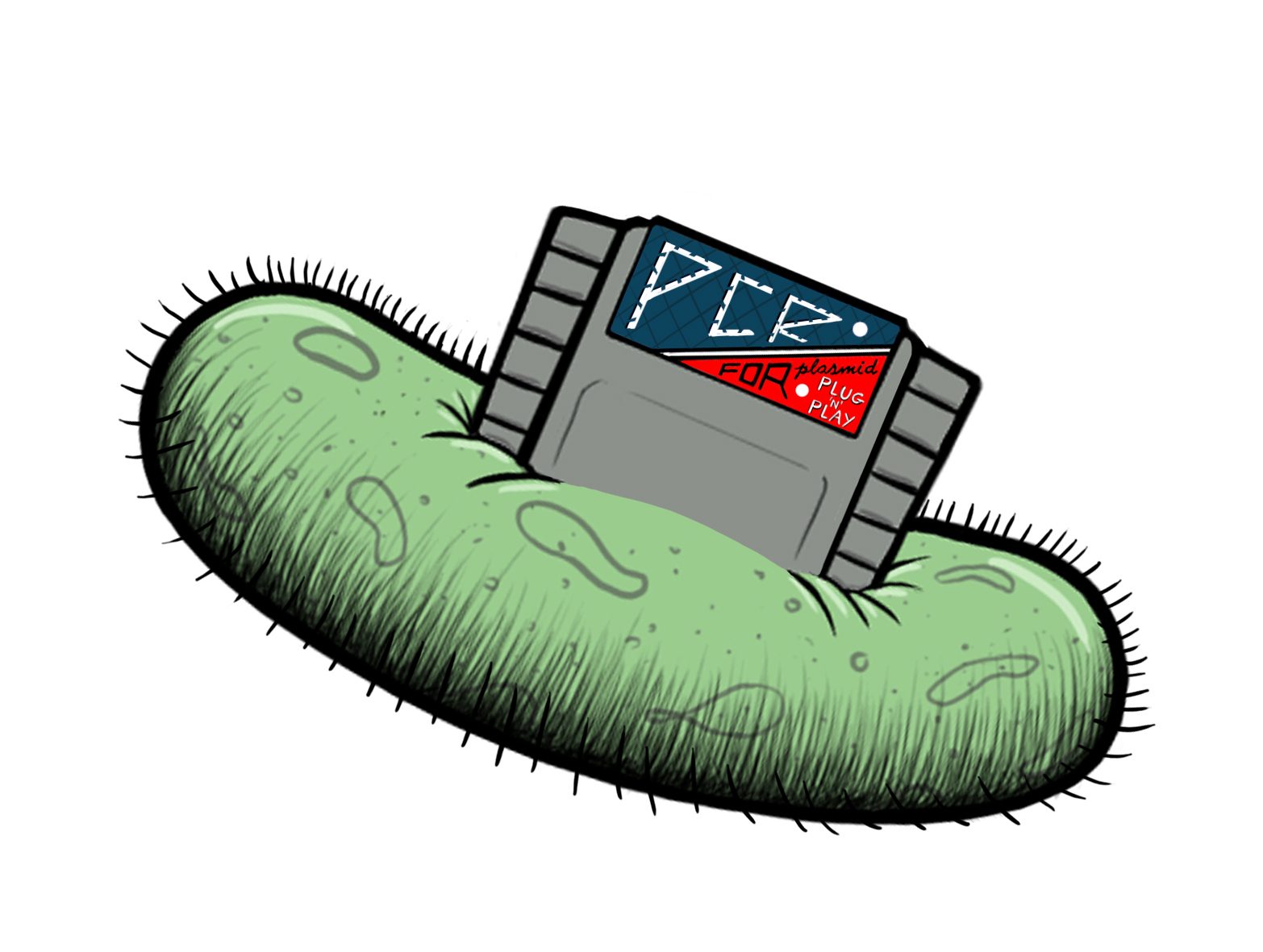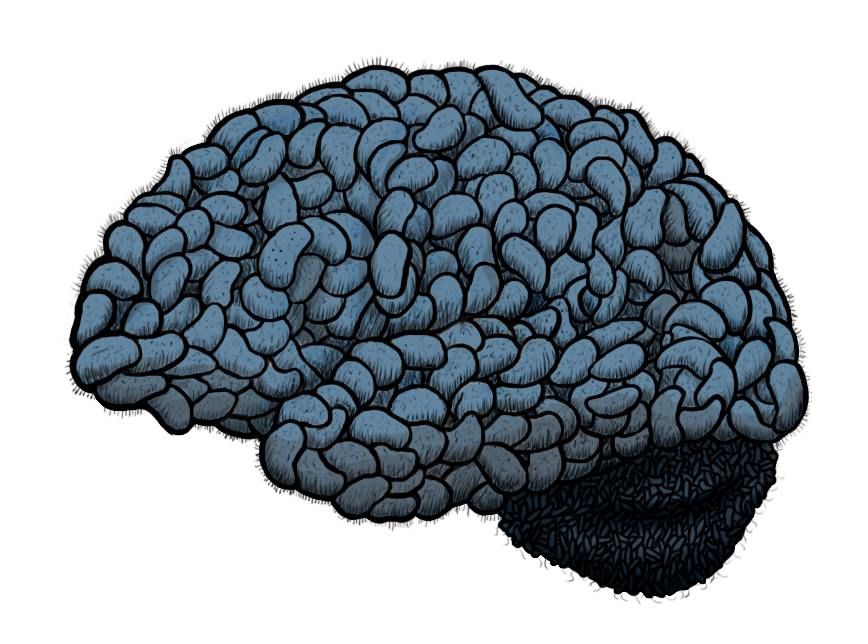Team:USP-UNESP-Brazil/Project
From 2012.igem.org
Andresochoa (Talk | contribs) |
(→Associative Memory Network Using Bacteria) |
||
| (21 intermediate revisions not shown) | |||
| Line 1: | Line 1: | ||
| - | { | + | {{:Team:USP-UNESP-Brazil/Templates/Header}} |
| - | + | ||
| - | + | ||
| - | + | ||
| - | + | ||
| - | + | ||
| - | + | ||
| - | + | ||
| - | + | ||
| - | + | ||
| - | + | ||
| - | + | ||
| - | + | ||
='''Overall project'''= | ='''Overall project'''= | ||
| - | Our group purpose is to discover and develop new ways of hacking and modifying biological systems. We developed two projects, which aims are to introduce new properties in a system and to gain control over the information processing. The first one hacks the way of transforming cells. | + | Our group purpose is to discover and develop new ways of hacking and modifying biological systems. We developed two projects, which aims are to help to introduce new properties in a system and to gain control over the information processing. The first one hacks the way of transforming cells and expressing proteins, it can screen libraries of candidate genes in a high-throughput way. This Plug&Play Machine receives and express any protein in ''E. coli'' and only needs two steps: PCR and transformation. The second project intends to build a bacteria network with memory capacity, which works as a Hopfield Network. This network could, by means of quorum sensing, recognize a given pattern (input), process the pattern and reach an output state. The output depends on two possibilities already imprinted in the memory of the bacteria community. |
=== Plug&Play Plasmid === | === Plug&Play Plasmid === | ||
| - | + | {{:Team:USP-UNESP-Brazil/Templates/LImage | image=Plugnplay.jpg | caption=Plug the PCR and play your gene in the bacteria! | size=300px}} | |
| - | + | The synthetic biology fields needs techniques to produce biological standardize parts in a high-throughput manner, which can later be used for modifying/hacking systems. To help in this task we developed a project that aims to build a prototype for a machine called Plug&Play, it express any protein helped by the Cre-Recombinase system. The Plug&Play plasmid has a mutated recombination site (lox71) recognized by the Cre-recombinase enzyme. The Cre recombination mechanism will strategically inserts a PCR-amplified DNA at the lox71 site, and readily express the protein once the receptor plasmid already posses all the necessary protein expression machinery. The plasmid has also a resistance gene to ampicillin that maintains it inside the cell as long as the antibiotic is applied in the culture medium. This is a high-throughput system for expressing proteins that allows putative (or new build) genes prospection, it was created for being an open source technology that any laboratory/hacker can use for screening candidate genes libraries. | |
| - | + | ||
=== Associative Memory Network Using Bacteria === | === Associative Memory Network Using Bacteria === | ||
| - | + | {{:Team:USP-UNESP-Brazil/Templates/RImage | image=Memassonet.jpg | caption=Can Bacteria store a systemic memory, like neurons in a neuronal network? | size=300px}} | |
| + | Memory storage in biological systems has a critical role in biotechnology | ||
development. A systemic way of storing a specific memory that can be recovered and used | development. A systemic way of storing a specific memory that can be recovered and used | ||
| - | at any moment | + | at any moment has been studied in several experiments and mathematical models involving neural |
networks. One of these models, known as “Hopfield Network”, considers the memory storage | networks. One of these models, known as “Hopfield Network”, considers the memory storage | ||
| - | as a neurons association that | + | as a neurons association that share a characteristic pattern of “communication intensity” – |
| - | the “measure unity” of a neuron network . This model is notorious for allowing systems | + | the “measure unity” of a neuron network . This model is notorious for allowing systems to |
| - | + | recognize patterns. | |
| - | In this project we propose | + | In this project we propose to build a communication network using ''E.coli'' |
| - | populations | + | populations with associative memory that behaves like a Hopfield Model. |
| - | + | Modified ''E.coli'' populations will be generated and physically isolated from each other, the communication will happens through Quorum Sensing Molecules (QSM). These QSM will produce | |
| - | + | inhibition or excitation of the pre-determined populations, the amount of excitation will be measure using | |
| - | inhibition or excitation of pre-determined populations, | + | GFP fluorescence. The objective is to achieve a specific complete pattern represented by |
| - | + | excited and inhibited bacteria populations that processed a given incomplete pattern. The network will recognize the incomplete pattern and choose between two systemic memories already inserted using biobricks. | |
| - | excited and inhibited | + | |
| - | + | ||
| - | pattern and choose between two systemic memories inserted | + | |
| - | + | {{:Team:USP-UNESP-Brazil/Templates/Foot}} | |
Latest revision as of 03:14, 27 September 2012
 Introduction
Introduction Project Overview
Project Overview Plasmid Plug&Play
Plasmid Plug&Play Associative Memory
Associative MemoryNetwork
 Extras
ExtrasOverall project
Our group purpose is to discover and develop new ways of hacking and modifying biological systems. We developed two projects, which aims are to help to introduce new properties in a system and to gain control over the information processing. The first one hacks the way of transforming cells and expressing proteins, it can screen libraries of candidate genes in a high-throughput way. This Plug&Play Machine receives and express any protein in E. coli and only needs two steps: PCR and transformation. The second project intends to build a bacteria network with memory capacity, which works as a Hopfield Network. This network could, by means of quorum sensing, recognize a given pattern (input), process the pattern and reach an output state. The output depends on two possibilities already imprinted in the memory of the bacteria community.
Plug&Play Plasmid
The synthetic biology fields needs techniques to produce biological standardize parts in a high-throughput manner, which can later be used for modifying/hacking systems. To help in this task we developed a project that aims to build a prototype for a machine called Plug&Play, it express any protein helped by the Cre-Recombinase system. The Plug&Play plasmid has a mutated recombination site (lox71) recognized by the Cre-recombinase enzyme. The Cre recombination mechanism will strategically inserts a PCR-amplified DNA at the lox71 site, and readily express the protein once the receptor plasmid already posses all the necessary protein expression machinery. The plasmid has also a resistance gene to ampicillin that maintains it inside the cell as long as the antibiotic is applied in the culture medium. This is a high-throughput system for expressing proteins that allows putative (or new build) genes prospection, it was created for being an open source technology that any laboratory/hacker can use for screening candidate genes libraries.
Associative Memory Network Using Bacteria
Memory storage in biological systems has a critical role in biotechnology development. A systemic way of storing a specific memory that can be recovered and used at any moment has been studied in several experiments and mathematical models involving neural networks. One of these models, known as “Hopfield Network”, considers the memory storage as a neurons association that share a characteristic pattern of “communication intensity” – the “measure unity” of a neuron network . This model is notorious for allowing systems to recognize patterns.
In this project we propose to build a communication network using E.coli populations with associative memory that behaves like a Hopfield Model. Modified E.coli populations will be generated and physically isolated from each other, the communication will happens through Quorum Sensing Molecules (QSM). These QSM will produce inhibition or excitation of the pre-determined populations, the amount of excitation will be measure using GFP fluorescence. The objective is to achieve a specific complete pattern represented by excited and inhibited bacteria populations that processed a given incomplete pattern. The network will recognize the incomplete pattern and choose between two systemic memories already inserted using biobricks.
 "
"

















